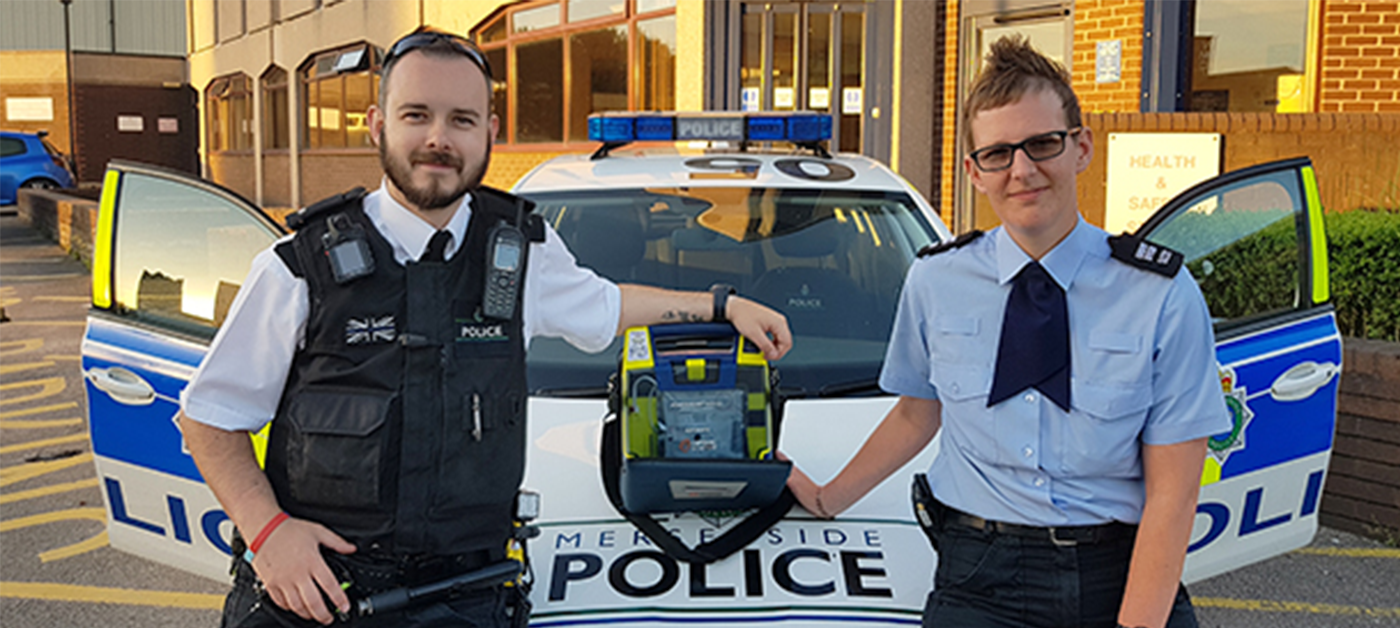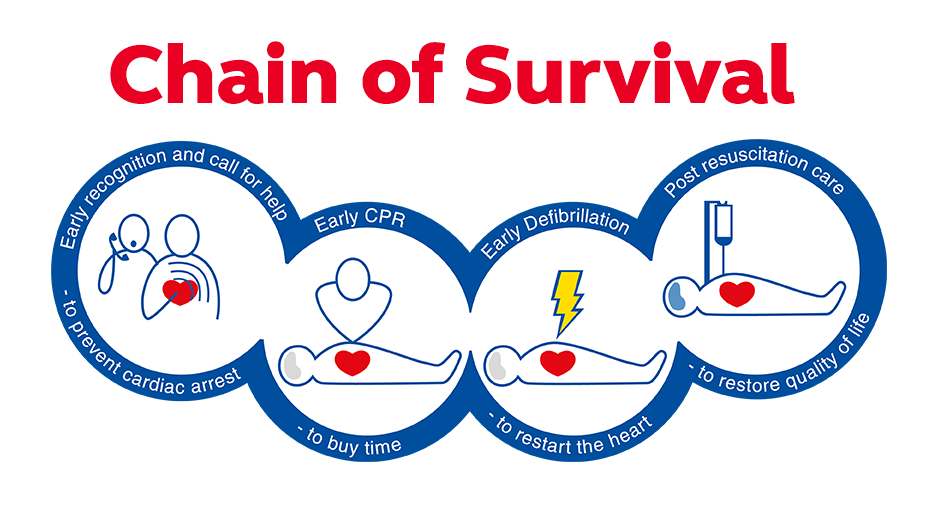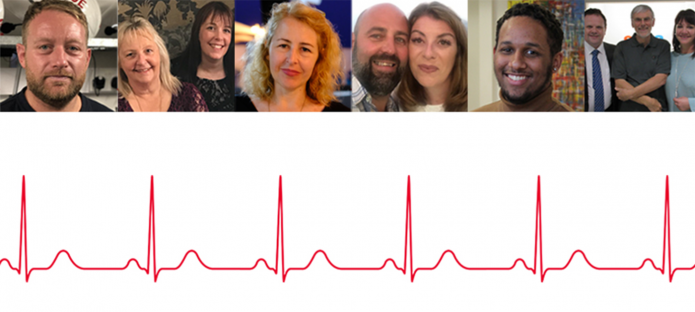When Constable John Price walked into work on Monday 24 October 2016, he had no idea what to expect from his shift. The experienced officer was no stranger to trauma, danger, and dramatic situations - but he never expected to step into the role of lifesaver and deliver the medical interventions that saved a woman’s life when she had a sudden cardiac arrest outside St Helens Police Station, Merseyside.
John was at his locker preparing for his shift when a call came over his radio that someone had been taken ill at the front of the station. He quickly made his way there to see if he could help.
He ran outside to find a car parked diagonally in front of the barrier to the station and a crowd of people had already gathered around the front of the car. A woman was lying on the ground - and John quickly established that she was in trouble.
“I noticed she was incredibly pale,” says John, “and had lost colour to her lips. I looked and listened for breathing and realised that she was not breathing.”
At this point, John knew he needed to take immediate action to save this woman’s life - and set the chain of survival into motion. He rolled her flat on the pavement and asked enquiry officer Fiona Shorthouse to get the automated external defibrillator (AED) that St Helens kept at the front desk. He immediately started cardiopulmonary resuscitation (CPR) and ensured that the police station control room were contacting paramedics.


